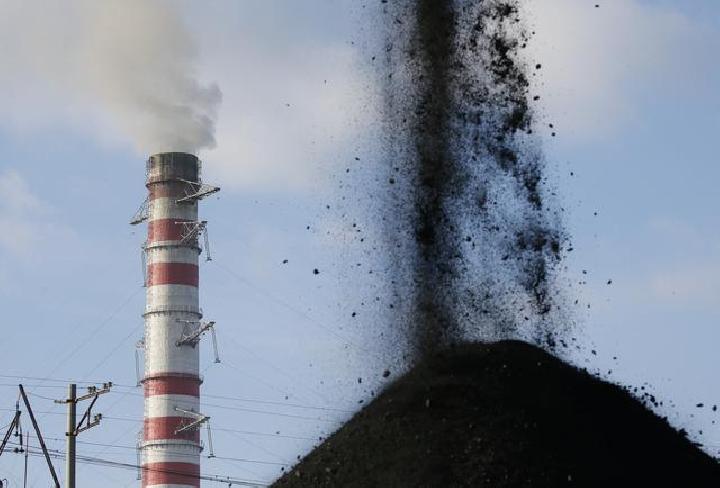UNAIR NEWS – Coal waste in the form of fly ash and bottom ash (FABA) has been a trending issue after the exclusion of FABA from hazardous and toxic waste (B3 waste) category on State regulation number 22 in 2021. Fly ash is the result of burning coal ash that floats over, while bottom ash is the ash from the combustion that falls down. There are several FABA contents such as carbon, nitrogen and silica.
Nita Citrasari, SSi., MT, environmental engineering lecturer at Faculty of Science and Technology (FST) UNAIR, revealed some of the benefits of coal waste. According to her, coal waste can be used as a raw material or a substitute for raw materials for products such as Portland cement, pavement blocks, concrete blocks, and road foundations. The application of these activities is also known as waste to material.
“The stages of FABA processing are carried out according to the type of product to be made,” said the lecturer known well as Nita.
These stages, among others, are preceded by analyzing the characteristics of FABA that will be used. Then, determine the composition of the raw material according to the type of product desired and the characteristics of FABA as a component of the product raw material.
After that, product manufacturing can be done by means of solidification and stabilization. After being made, the product also needs to be tested for standardization.
“Product feasibility is determined in accordance with product standardization, for example for pavement blocks (concrete bricks) using SNI 03-0691-1996,” she explained.
FABA, especially FABA from PLTU with minimal circulating fluidized bed (CFB) boiler technology, if using PP number 22 of 2021 article 459 paragraph 3 where FABA is categorized as non-hazardous waste, if the product passes the feasibility test, the product can be used immediately. However, if using PP 101/2014 where FABA is included in B3 waste, after passing the feasibility test, it still has to continue with the toxicity characteristic leaching procedure test to ensure that the leaching results of the product are safe for the environment.
Then, the presence of silica in FABA can also make FABA used as a raw material or substitute for raw materials such as Portland cement, pavement, and so on. However, silica can also be harvested by an extraction process.
“The extracted silica can be used as raw material for silica membranes, silica gel adsorbent, and so on,” concluded Nita. (*)
Author: Galuh Mega Kurnia
Editor : Binti Q. Masruroh





